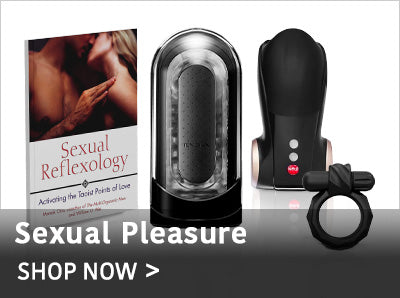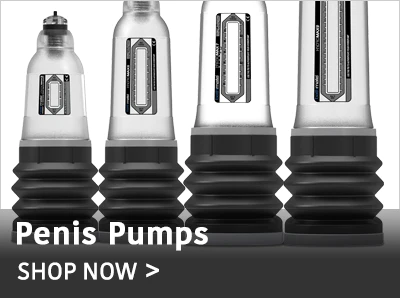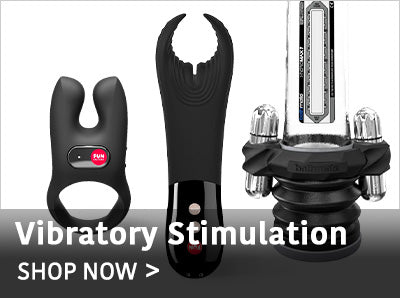How It Works Mobile
Health Benefits Mobile
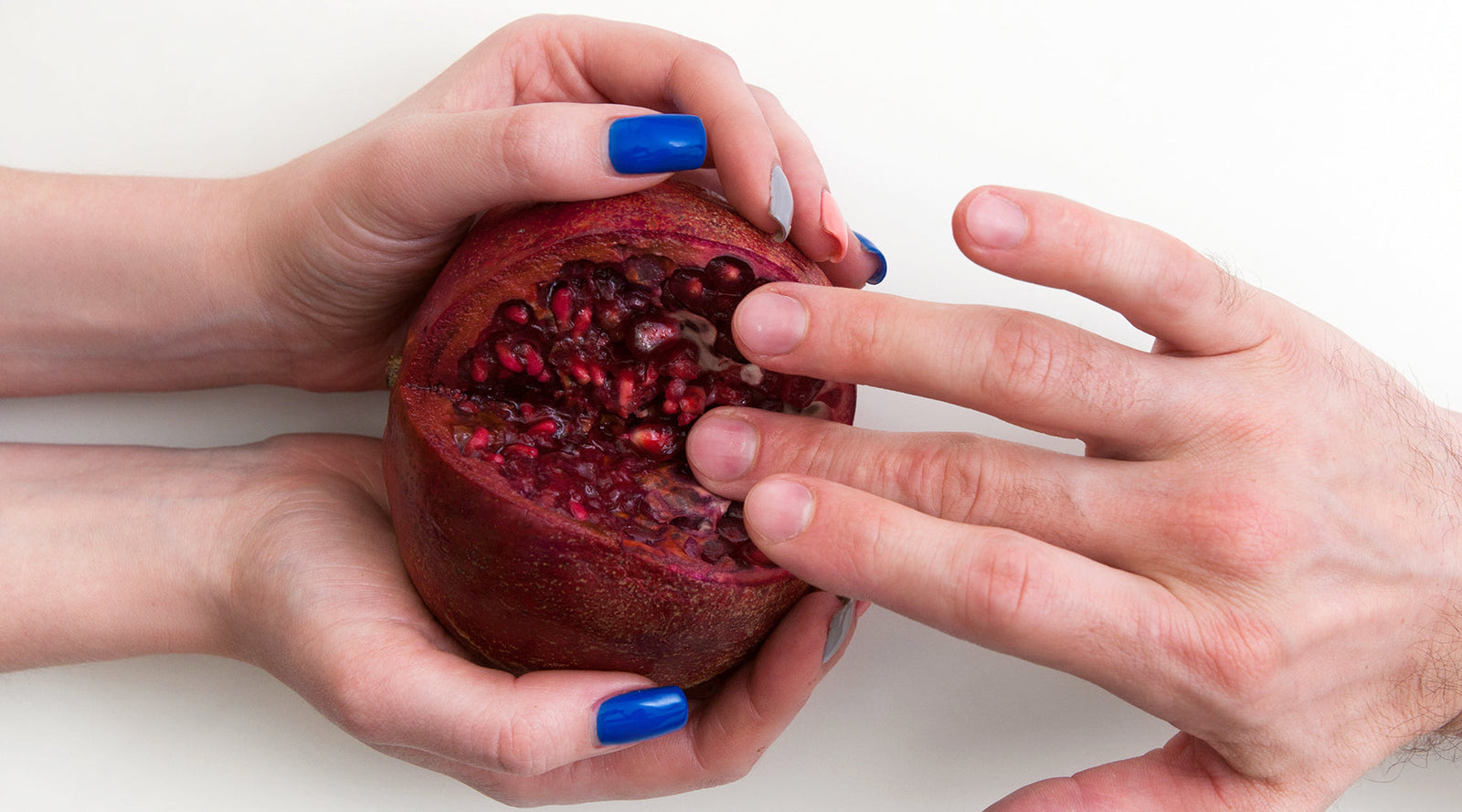
The Reasons Why Vibrators Are No Longer Just For Women and Pleasure
The Reasons Why Vibrators Are No Longer Just For Women and Pleasure
5 min read
5 min read
Vibrators are far more than sex toys used to enhance female sexual pleasure. Their prevalence of use in the male population is catching up to that of females. It is becoming a more common practice for physicians to recommend their use as a component in the management of many forms of sexual dysfunction for both genders.
THE HISTORY OF VIBRATORS
The origin of vibrational devices dates back to Victorian times, when masturbation was considered to be a highly deviant behavior, particularly so for women. In these times the vague diagnosis of female “hysteria” was commonly entertained - anxiety, insomnia, irritability, fainting, outbursts, excessive sexual desire, etc. - and often managed with pelvic and genital manipulation (“medicinal massage”) by physicians in an effort to bring a patient to “hysterical paroxysm” (orgasm) and dramatically relieve the “hysteria” symptoms. The practice of “physician-assisted paroxysm” became entrenched in both European and American medical practice, proving lucrative to physicians and a socially acceptable means of sexual fulfillment for multitudes of women, greatly appreciative and readily willing to return for regular office treatments.
The medical community that delivered such treatments often became afflicted with hand and wrist cramps and fatigue that developed as a consequence of overuse. The vibrator was invented as an electro-mechanical medical device to facilitate the treatment of “hysteria” and preserve the aching fingers of treating physicians. It was a welcome advance that efficiently brought patients to “hysterical paroxysm,” allowing physicians to treat more patients. With the advent of this device, what sometimes took an hour and was not always successful could be accomplished in a matter of minutes.
GRANVILLE'S HAMMER
The vibrator came to fruition in the late 1800’s when electricity became available in American homes. In 1880, a British physician, Dr. Joseph Mortimer, patented the electric vibrator. It was originally referred to as Granville’s hammer. In 1883, he wrote a book on the subject entitled: “Nerve-Vibration and Excitation as Agents in the Treatment of Functional Disorder and Organic Disease.”
As these devices became commercially available, women began buying them for personal use. In the early 1900’s, vibrators were advertised and sold in many popular women’s magazines and catalogs and were eventually called “personal massagers” to make them sound more socially acceptable. The era of “physician-assisted paroxysm” came to an abrupt end.
WHAT GOES AROUND COMES AROUND
Modern vibrators are battery-powered or plug-in handheld “sexual enrichment aids” that generate vibratory pulsations of a variety of amplitudes and frequencies, intended to enhance sexual stimulation in both females and males. They can be used externally and/or internally to facilitate arousal, sexual pleasure and orgasm. Vibrator popularity has increased markedly over time and they are now readily displayed and sold in mainstream retail outlets.
In the early years of vibrators, they were used under the domain of the medical community with subsequent use dominated by individuals for recreational use. This has turned full circle as it has become an increasingly acceptable practice for medical practitioners to recommend vibrators as a means of treating sexual dysfunction. Vibrator use is now recognized as a bona fide tool in the armamentarium to help manage both female and male sexual dysfunction, including arousal disorders, erectile dysfunction and difficulty achieving orgasm.
For a number of years, vibrator use in males was predominantly in the spinal cord injured patient population who desired to father children but could not ejaculate. When a vibrator is applied to the head of the penis of a spinal cord injury patient, it initiates a reflex erection and subsequently ejaculation and thus became an accepted means of gathering semen in order to perform insemination.
In recent years, a medical penile vibratory stimulation device specifically designed for male anatomy has become available. The device consists of dual vibrators for the purpose of providing vibration stimulation to both the top and bottom surfaces of the penis. It is prescribed for many forms of male sexual dysfunction, including difficulty obtaining and maintaining an erection, rigidity issues, ejaculatory and orgasmic dysfunction and erectile dysfunction occurring after prostate surgery. It is now being used in conjunction with pelvic floor training prior to prostate surgery in order to help prevent the sexual and urinary side effects that may ensue after prostate removal.
FEMALE VIBRATOR USE
A medical study of almost 4000 women demonstrated that vibrator use is 53%. With respect to the demographics, married women are more apt to partake than single women and their use in lesbian women is more prevalent than heterosexual women and greater in Caucasian women than African-American or Hispanic women. Vibrator use correlates with education level with the more educated using vibrators more commonly than the less educated population. Those who attend religious services more regularly are less likely to be users than those who attend services less regularly.
Vibrators are frequently used in solo as well as partnered sexual activities. 46% of females use vibrators during masturbation, 41% during foreplay or sex play with a partner and 37% during sexual intercourse. Of those females who use vibrators, 84% have used them for clitoral stimulation and 64% for vaginal stimulation. Negative side effects from vibrator use are occasional and mild and include numbness, pain, irritation, inflammation, swelling, and rarely tears or cuts. Women who use vibrators experience more positive sexual function in terms of desire, arousal, lubrication, pain, and orgasm. Vibrator use is also correlated with other health promoting behaviors.
MALE VIBRATOR USE
About 50% have used one during their lifetime, 10% within the last month, 15% in the past year and 20% more than a year ago. Women play a pivotal role in driving vibrator use in men: 40% of men have used a vibrator during sexual play or foreplay with a partner, 36% during sexual intercourse and 17% during solo masturbation.
In a survey of 1000 men who were questioned about why vibrators were used, the most common reply was “for fun,” followed by “to spice up my sex life,” “curiosity,” “to help my partner orgasm,” and “upon the request of a sexual partner.” A small percentage of men use vibrators to facilitate their own orgasm.
Men who use vibrators report less sexual dysfunction than non-users, scoring higher on four of five domains of the most common index used for erectile dysfunction (International Index of Erectile Function). Slightly higher proportions of gay and bisexual men use vibrators as opposed to heterosexual men.
BOTTOM LINE
Vibrator use is a healthy, safe and well-established practice that has contributed to sexual enhancement in more than half of American women and often their partners as well. In both genders, vibrator use correlates positively with healthy sexual functioning and other health-promoting behaviors. Vibrators have found their way into the current medical armamentarium, now prescribed by physicians and offering a non-pharmacological option to the management of many forms of sexual dysfunction.
For more information on vibrators, ,read our detailed vibrator reviews:
Fun Factory NOS Review
Viberect Reviews
ABOUT THE AUTHOR
Andrew Siegel, M.D., Urologist, Co-founder of The Private Gym, and author of the highly acclaimed book, Male Pelvic Fitness, Optimizing Your Sexual and Urinary Health.
The Private Gym Program is the first FDA-registered pelvic muscle training system for men. In a four-month clinical trial, 75% of men improved erectile rigidity and 90% reported great improvement in their sexual self-confidence. Learn more about how you can strengthen and maintain these critical muscles at www.privategym.com.
References: Herbenick D, Reece M, Sanders S, Dodge P, Ghassemi A, Fortenberry D. Prevalence and Characteristics of Vibrator Use by Women in the United States: Results From a Nationally Representative Study, Journal of Sexual Medicine, 2009; 6: 1857-1866 Reece M, Herbenick D, Sanders S, Dodge P, Ghassemi A, Fortenberry D. Prevalence and Characteristics of Vibrator Use by Men in the United States, Journal of Sexual Medicine 2009; 6:1867-1874.
RELATED ARTICLES
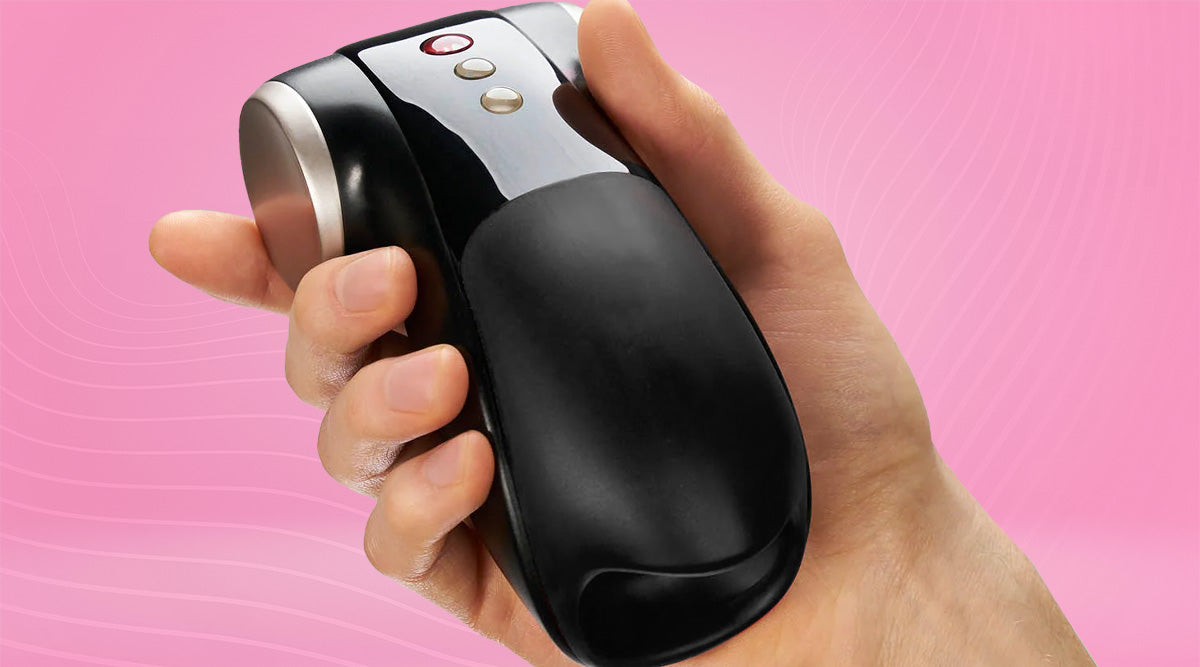
How to Use a Vibrator on Your Penis
8 min read

Sexual Function for Men After Spinal Cord Injury
10 min read
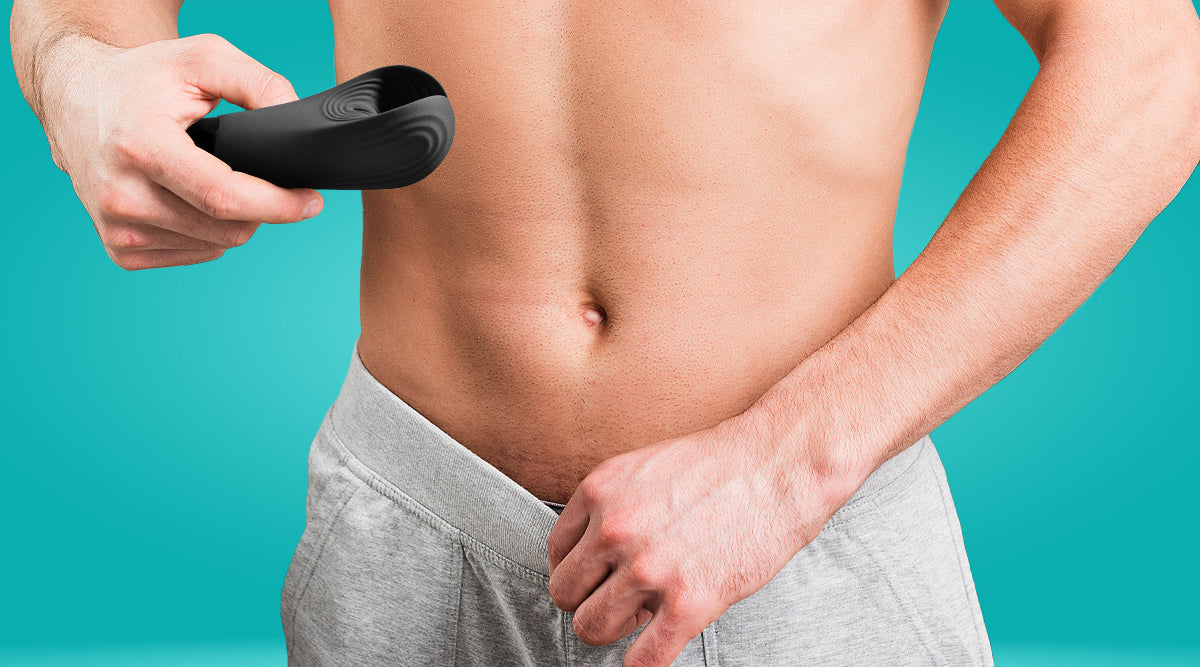
What is Penile Vibratory Stimulation?
8 min read
Recent Articles
- 12 Types of Female Orgasms: How to Help Her Experience Each One
- Why I Recommend You Get a Tantric Couch
- The Downsides of Penis Enlargement Surgery: Risks and Alternatives
- Bathmate vs. Air Pumps
- Bathmate Results: Penis Pump Before & After
- Side Effects of Catuaba
- Health Benefits of Catuaba
- 12 Essential Tips for a Healthy Penis
- Can Quadriplegic Men Have Sex?
- Sexual Function for Men After Spinal Cord Injury










